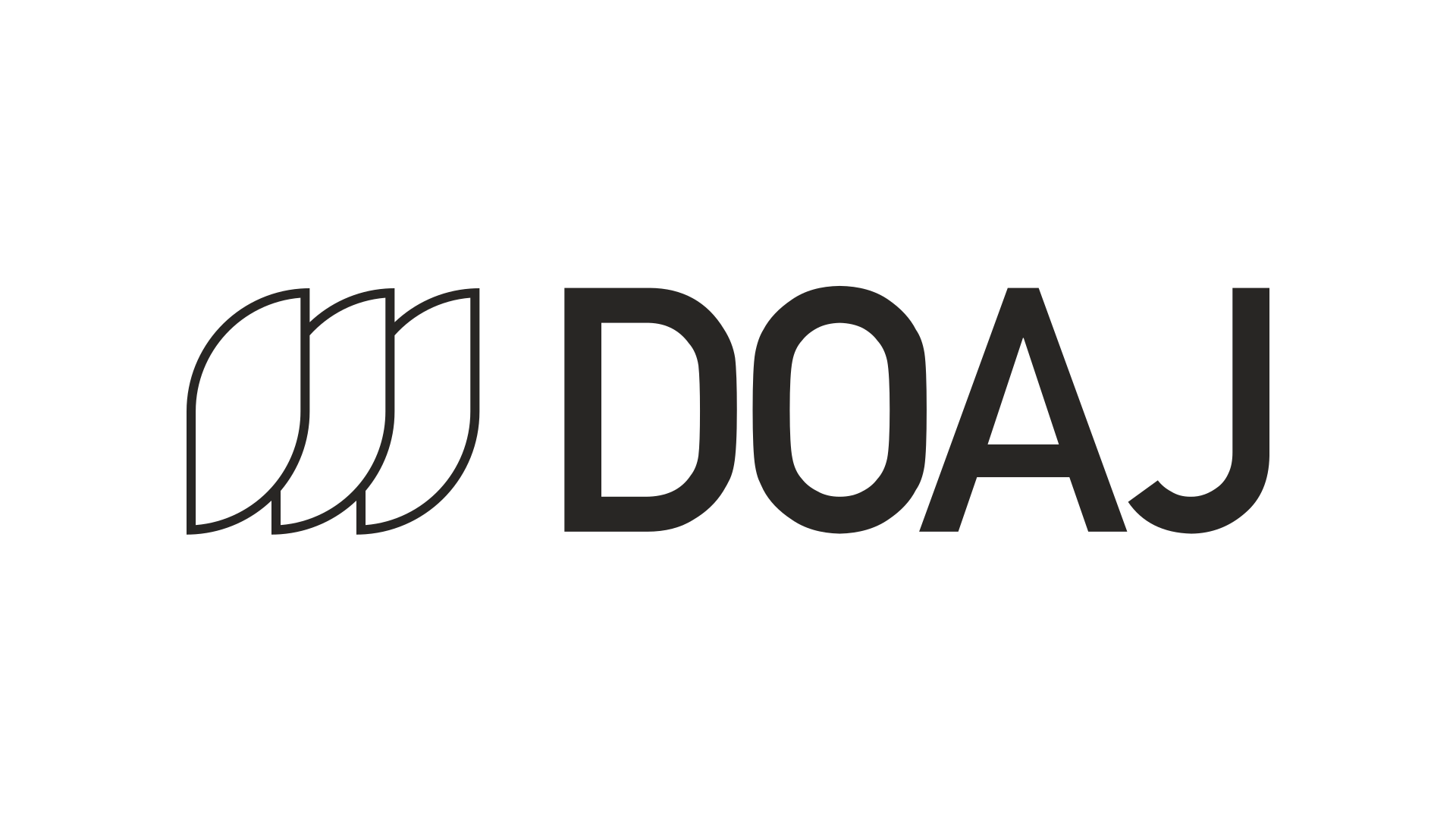This is a myth.
People think that DOAJ exists to index all open access journals. A journal can only be indexed if it passes all of our criteria.
The Directory of Everything Open Access
The Directory of Everything open access would be a wonderful thing but of how much use would it be? DOAJ understands that users want: advice on where to publish; guidance on the reputation and credibility of a journal; peer-reviewed open access content published by quality journals. We serve a community who are interested in finding places to publish or read research for DOAJ-approved journals.
Of course, there are arguments that seeing all the open access research is better than only seeing a selection of it, but for sites which do this, where are the quality filters? In fact Unpaywall, which does aim to show as much open access content as it can, suggests to keep using DOAJ as the quality filter.
What defines an open access journal anyway?
And herein lies the problem. There are many grades, shades and colours of open access but only some of those are recognised by DOAJ. DOAJ takes its lead from the definition of openness and open access as described by the Budapest Open Access Initiative (BOAI):
By “open access” to this literature, we mean its free availability on the public internet, permitting any users to read, download, copy, distribute, print, search, or link to the full texts of these articles, crawl them for indexing, pass them as data to software, or use them for any other lawful purpose, without financial, legal, or technical barriers other than those inseparable from gaining access to the internet itself. The only constraint on reproduction and distribution, and the only role for copyright in this domain, should be to give authors control over the integrity of their work and the right to be properly acknowledged and cited.
There are many journals which have open access content in them but not all journals, or the articles in them, adhere to this founding definition of open access. Therefore a user will not find these journals or articles in DOAJ. Equally, open access articles from ceased journals are not included. Hybrid publishing is another example. Hybrid publishing is full of problems and there are concerns of double dipping. Essentially, hybrid publishing goes against every statement from the BOAI definition above so, from the beginning, DOAJ decided not to include hybrid journals.
DOAJ compared to SCOPUS and Web of Science
In an attempt to understand the number of OA journals which are not in DOAJ, we have recently started a detailed analysis of the journal lists of the 3 most used indexing services: SCOPUS, Web of Science (WoS) and DOAJ. As all 3 services serve to list quality journals according to a set of similar criteria, we would have expected these lists to overlap to a large extent.
However, when looking at the list of OA journals listed in DOAJ, SCOPUS and WoS[1], we found huge differences. Where DOAJ listed 12,582 journals (as of January 2019), SCOPUS listed 5920 journals and WoS only listed 4485 journals.

The reason for these discrepancies lies in the differences between the criteria for acceptance into each index; the differences in inclusion processes–DOAJ relies very much on action by the publisher to provide data–and the differences in update frequencies of each index. For instance, we found that many of the journals listed in SCOPUS but not in DOAJ had either not submitted applications to DOAJ or had submitted applications that were rejected. In other words, many of the journals that DOAJ is apparently lacking (but which are listed in SCOPUS or WoS) do not fulfill the DOAJ criteria while others are not listed in DOAJ because they simply did not apply.
Of the massive number of journals in DOAJ but which are not in SCOPUS or WoS, many are non-English journals from the Global South meaning that DOAJ’s coverage is greater, more diverse and more truly represents the global nature of open access.
It is clear from these data that not all open access journals can or should be in DOAJ.
Reference
1. Bruns, A., et al., 2019. ISSN-Matching of Gold OA Journals (ISSN-GOLD-OA) 3.0, Bielefeld University. DOI: 10.4119/unibi/2934907 We are very grateful for the work done by Bruns et al and that their raw data was available for us to analyze.

These are very useful and surprising results. I believe the data referred to are from “ISSN-Matching of Gold OA Journals (ISSN-GOLD-OA)”: https://doi.org/dbn8
Yes! Thank you Thomas. You are quite right. I have added a reference.